Otumfuo Osei Tutu II receives looted royal artefacts from US museums
)
This historic handover, planned meticulously, signifies a significant step towards acknowledging and rectifying the colonial-era looting of Ashanti treasures.
The solemn ceremony, conducted at the Manhyia Palace in Kumasi, the capital of the Ashanti region, saw the presentation of Ghana's royal treasures from the Fowler Museum. Among the returned artefacts were a gold necklace, an ornamental chair, and an elephant tail whisk, each holding profound cultural significance within the Ashanti kingdom.
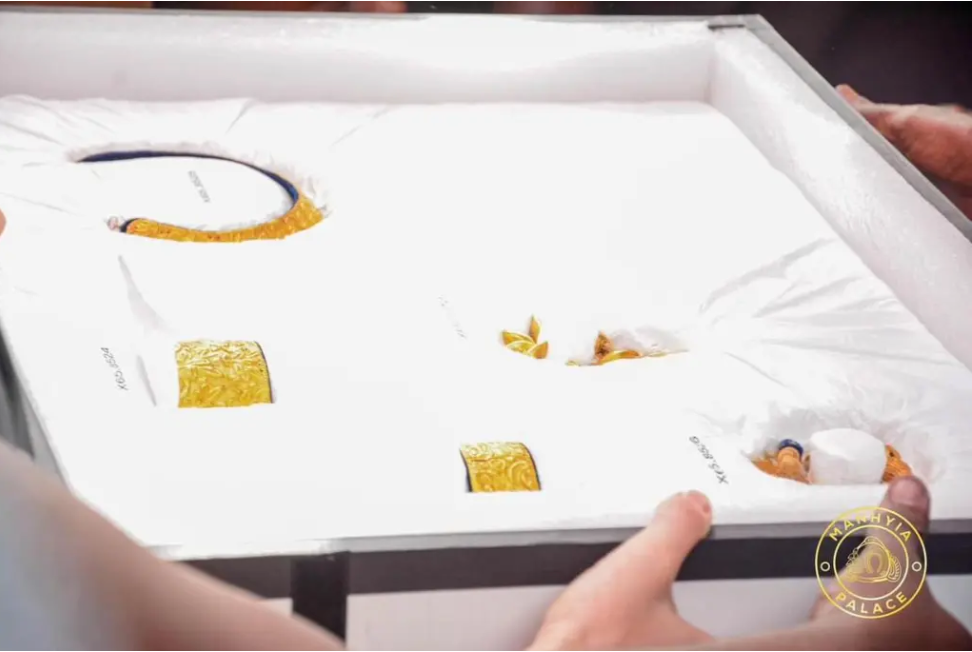
These revered objects, long separated from their ancestral home, carry not only material value but also spiritual resonance. Royal Ashanti gold artefacts are believed to embody the spirits of past rulers, making their return an emotionally resonant moment for the Ashanti people.
Expressing gratitude for the repatriation, Otumfuo Osei Tutu II, the Ashanti monarch, emphasized the significance of the artefacts' return in fostering unity and reconciliation among his people. He reflected on the historical context of their looting during British colonial rule, noting the enduring impact of such actions on Ghana's cultural heritage.
"What just happened confirms what occurred so many years ago when the British attacked us and looted our treasures," stated Otumfuo Osei Tutu II. "Let's remain united to bring about peace and development in the kingdom."
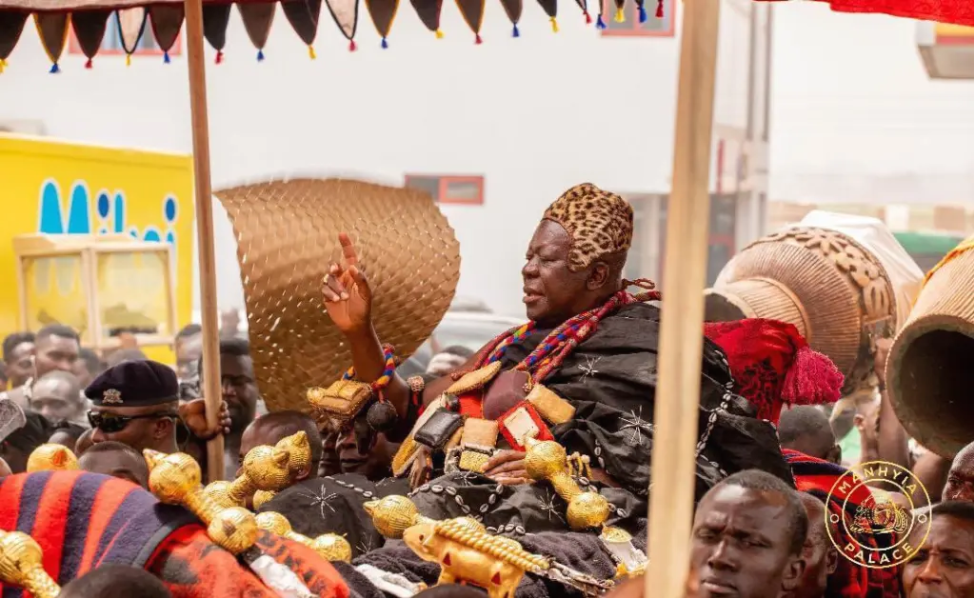
The ceremony comes amid mounting pressure on European and US museums and institutions to address the restitution of African artefacts looted during colonial times. The return of these Ashanti treasures serves as a poignant reminder of the ongoing dialogue surrounding the restitution of cultural heritage and the importance of confronting colonial legacies.
As Ghana commemorates this significant moment in its history, the return of these artefacts represents not only a symbolic gesture but also a tangible step towards rectifying historical injustices and preserving the cultural heritage of the Ashanti kingdom for future generations.

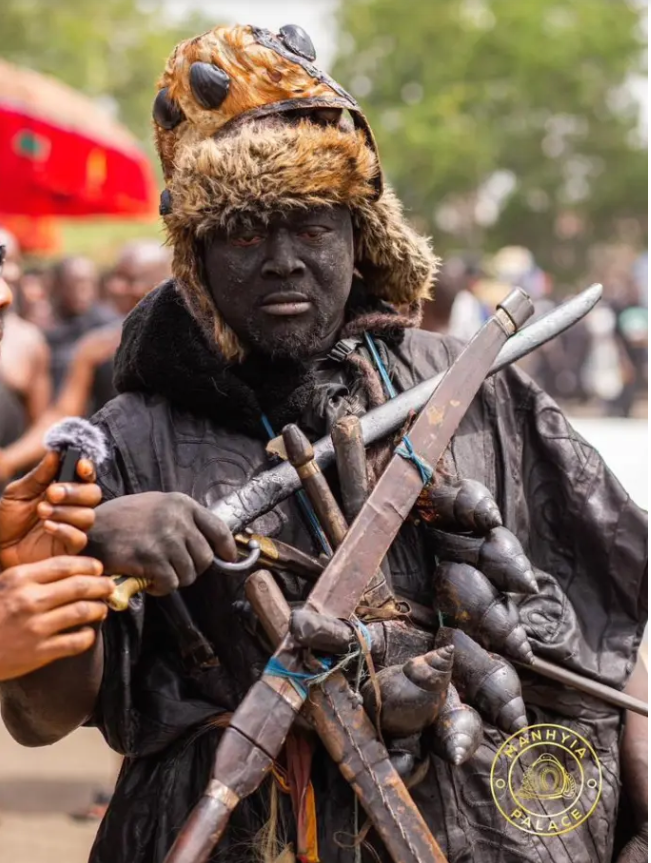
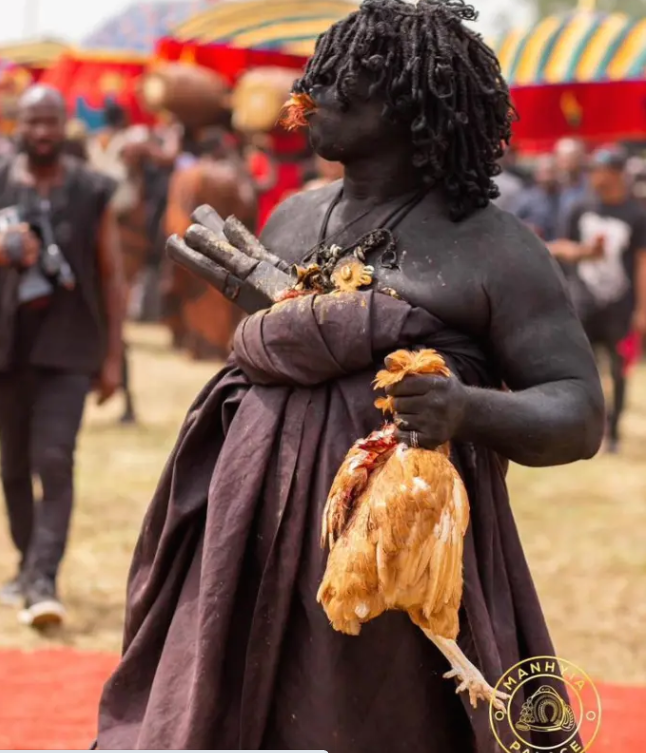
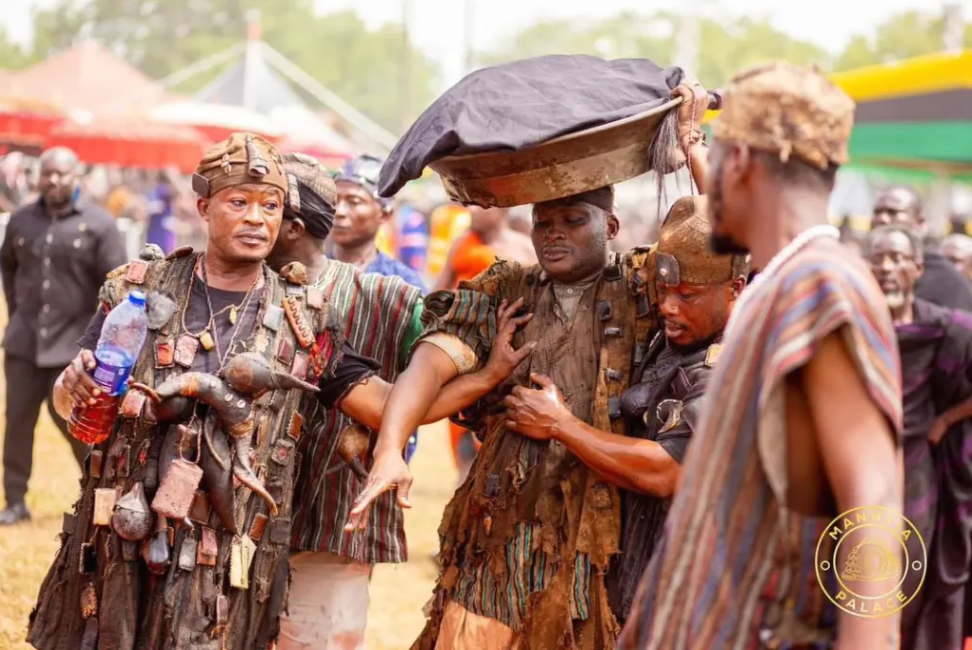
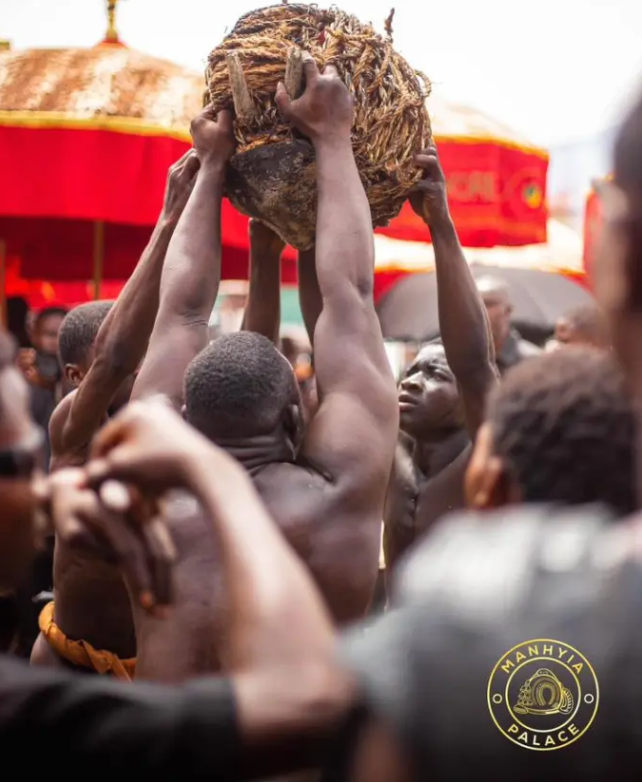
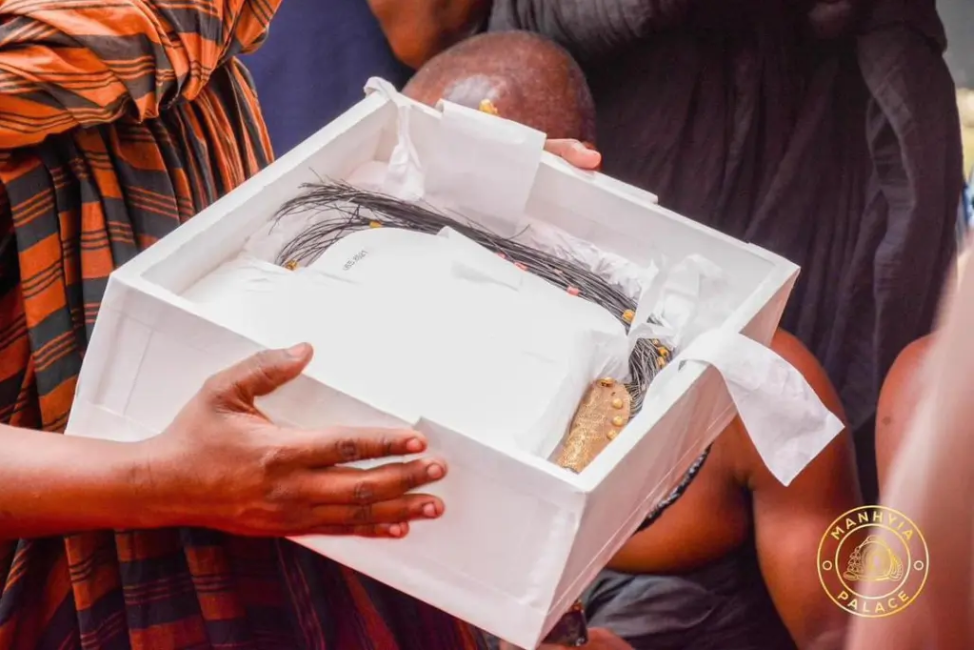
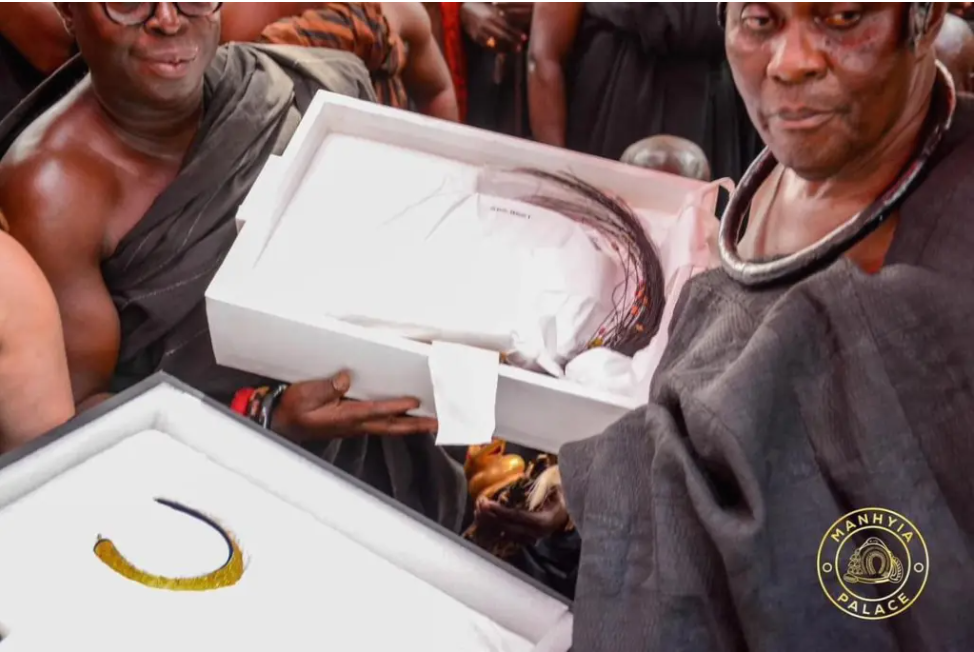


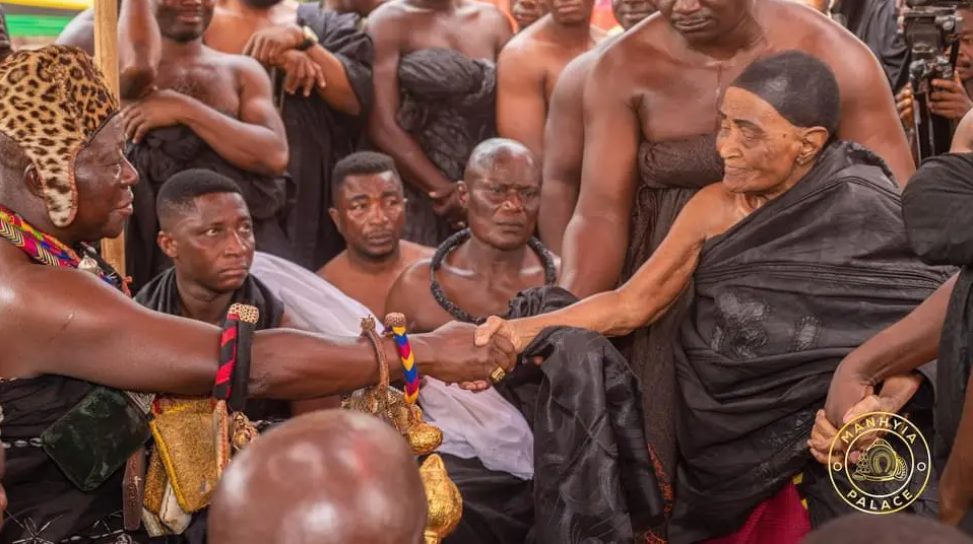
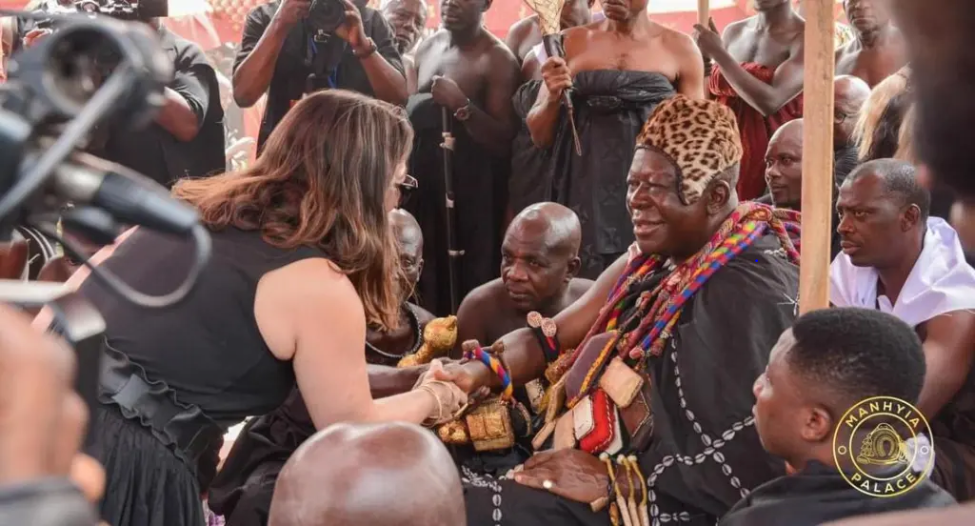

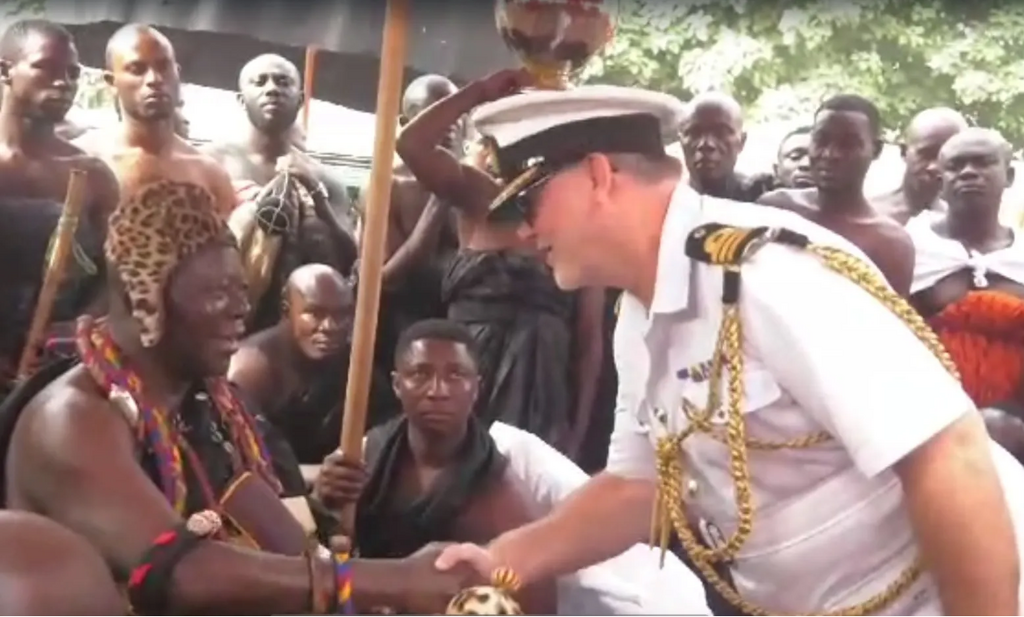
)
)
![Messi visit turns ugly in Kolkata as frustrated fans revolt at stadium [Video]](https://sportal365images.com/process/smp-images-production/pulse.com.gh/13122025/063490d8-7f44-4fee-ae15-4e386efec018.jpg?operations=autocrop(112:112))
)
)
)